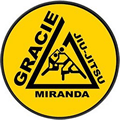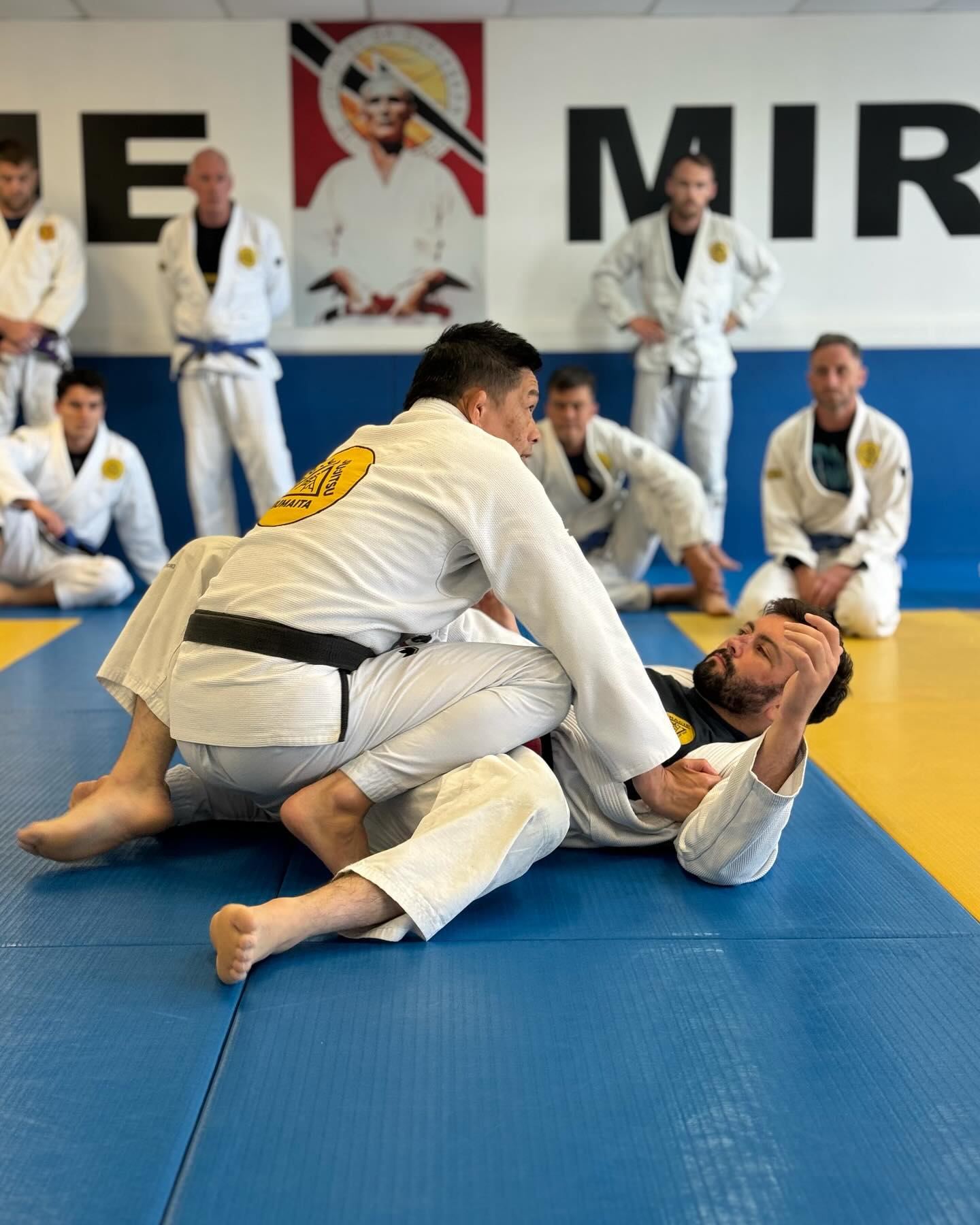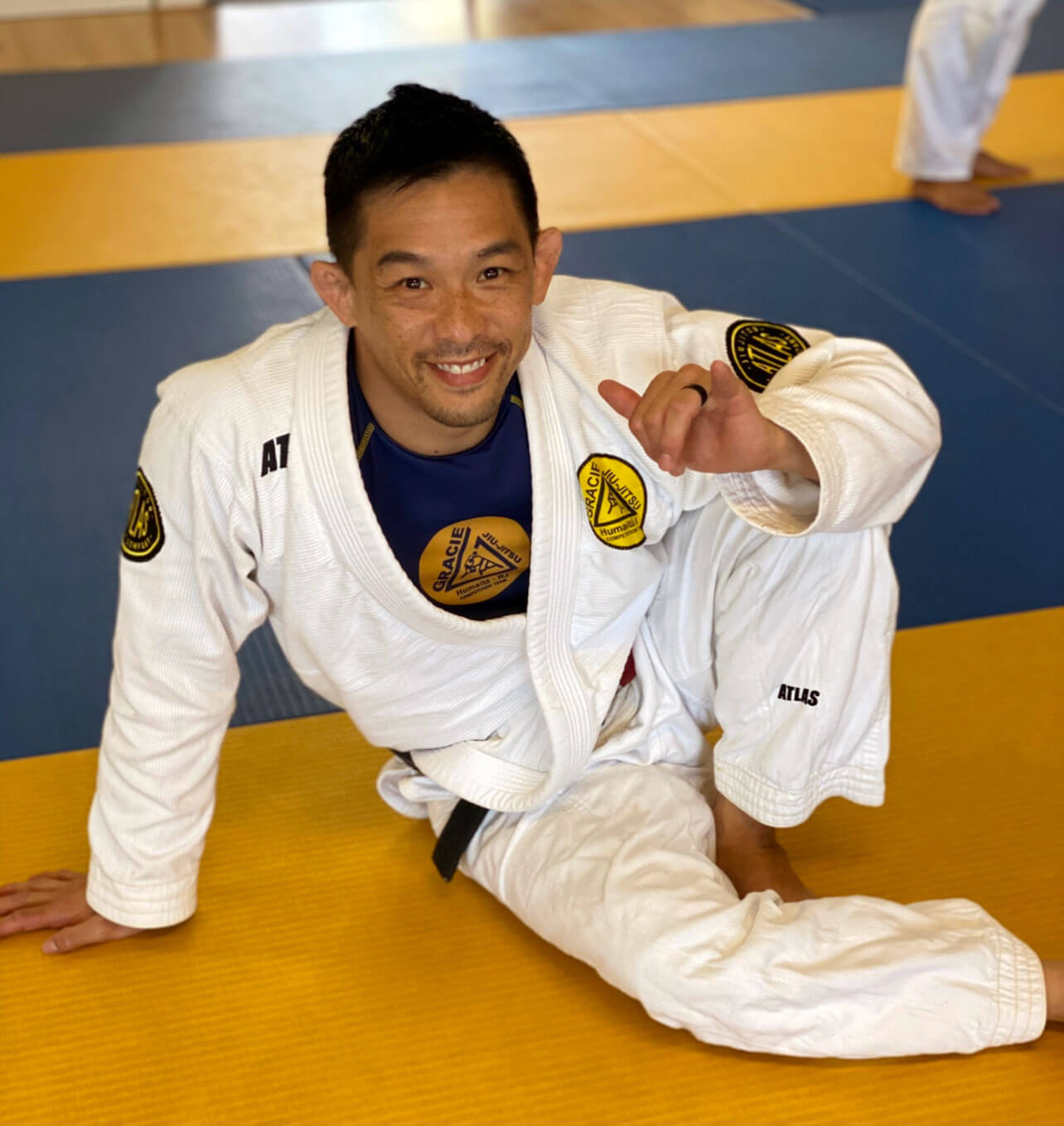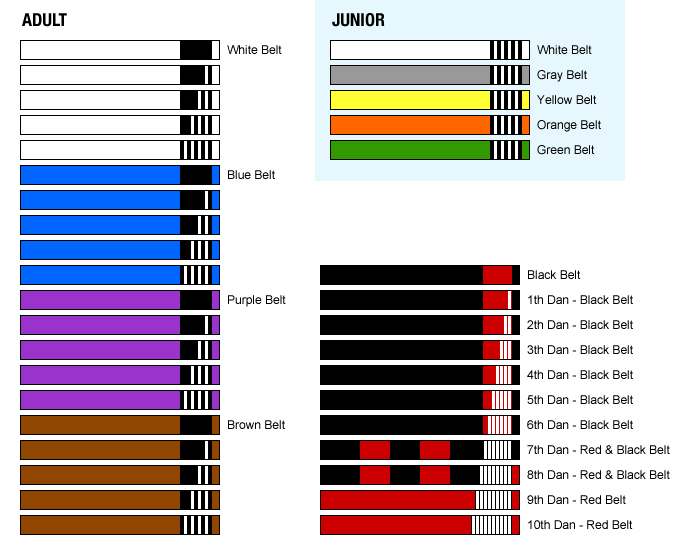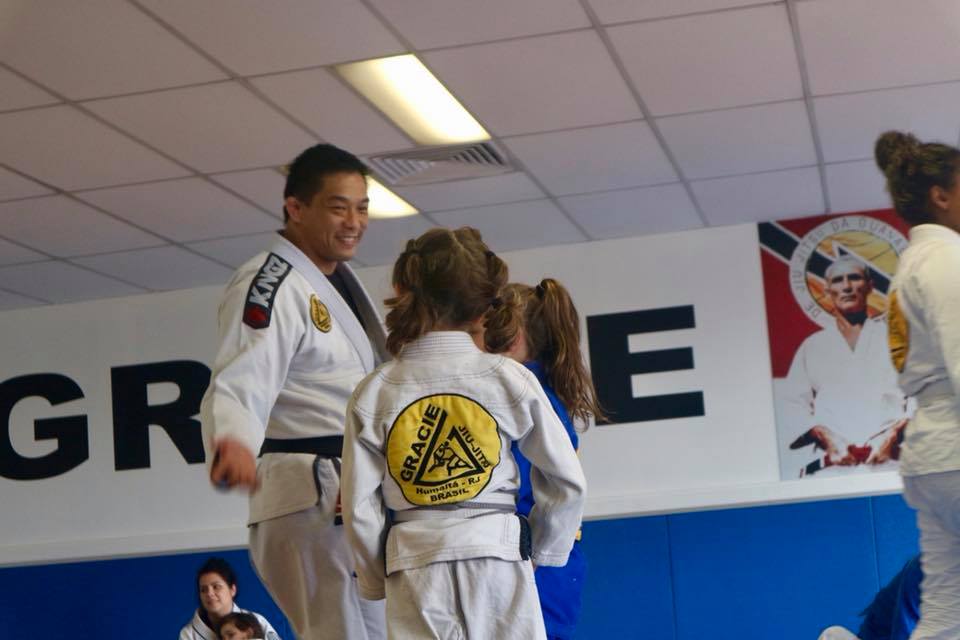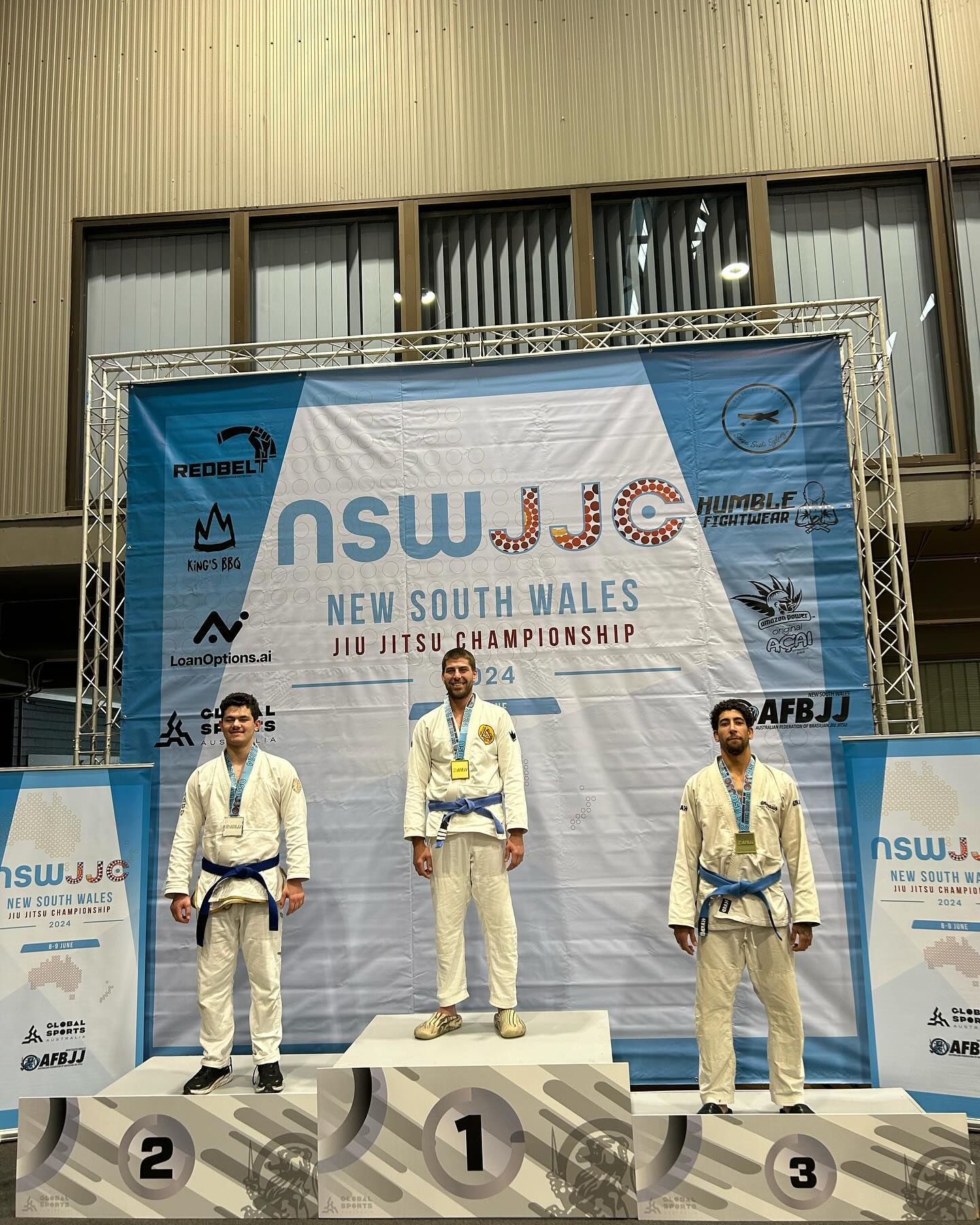So you want to learn how to grapple? Gracie Miranda is a Brazillian Jiu-Jitsu (BJJ) academy in the Sutherland Shire, but we acknowledge that BJJ isn’t the only option for people wanting to learn to grapple.
There’s also wrestling, which we’ve gone over here, and the Japanese art of Judo. What’s the deal with Judo?
First, for those out of the martial arts loop, there are two broad styles of self-defence training: Striking and grappling. There are a few martial arts that combine the two, but these are unusual. Typically it’s either all strikes, like Karate or Taekwondo, or all grappling, like Jiu-Jitsu, Judo and Wrestling.
BJJ is widely renowned as an excellent form of self-defence, and Judo has a lot to offer in this regard too. Here’s what you need to know about the two.
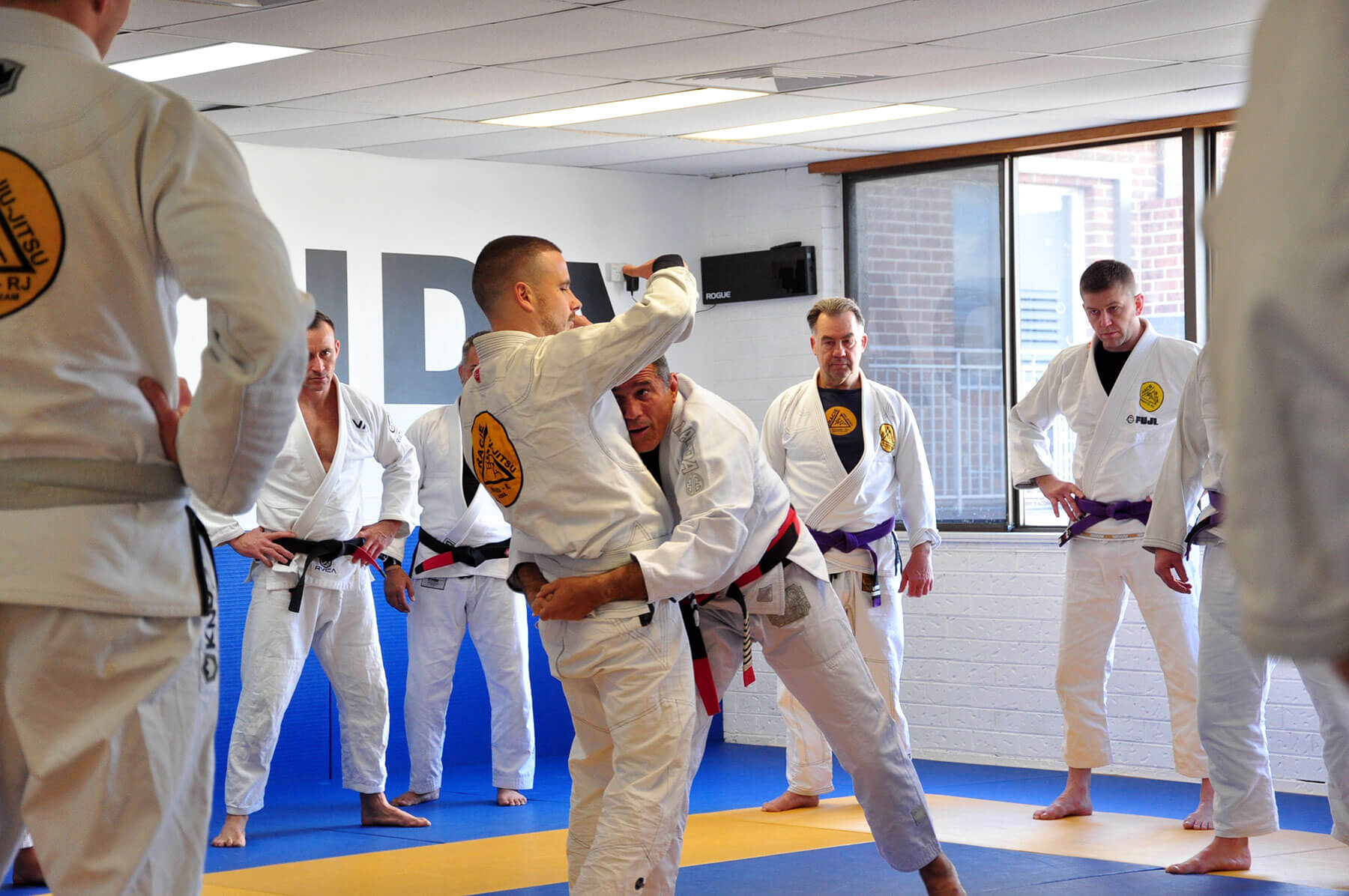
Difference between Judo and Jiu-Jitsu
Jiu-Jitsu, as you may or may not know, is all about ground-based combat. It’s about being able to take an opponent to the floor, subdue and submit them. From a self-defence perspective, it’s about keeping yourself out of harm’s way by establishing dominant position and neutralizing an aggressor with a choke or joint lock.
Judo features many of the same ingredients as Jiu-Jitsu, but has a drastically different emphasis on them. It involves taking an opponent to the ground and then pinning or submitting them. But while Jiu-Jitsu’s focus is on the second half of that equation – pinning and submitting – Judo’s emphasis is largely on the first part.
Judo training revolves mostly around sweeping, throwing or slamming an opponent to the ground. You win a competitive match by following a takedown with a pin or a submission. If a pin or submission is not achieved, the fighters reset their position by standing up and starting again. Jiu-Jitsu has no such reset: Two participants engage, and grapple until there’s a victor (or time runs out).
As a result, Jiu-Jitsu classes like the ones at Gracie Miranda allow for much more practice of grappling once you’re on the ground. Judo classes, by contrast, feature heavier practice of standing throws and sweeps.
Why these differences matter
This fundamental difference in emphasis has significant implications for self-defence training. Jiu-Jitsu’s freer-flowing style means it’s more transferable to a real-life altercation. There are no position resets on the street or in a bar, after all.
But more important are the skills you learn while you’re training on the ground. Jiu-Jitsu’s revolutionary asset is the concept of the guard. The Jiu-Jitsu guard broadly refers to instances in which you’re fighting from your back. If someone is in your guard, it means you’re on your back but, with your legs and hips, have your opponent under some level of control.
The impact of the guard is hard to convey with words alone. In essence, it turns a defensive position into an offensive position. It means Jiu-Jitsu is not only about learning how to pin someone down, a skill you’ll learn in Judo too, but also about how to be dangerous from a bad position.
Another key self defence factor to consider is the Gi. Both Jiu-Jitsu and Judo are trained in the Gi. But Jiu-Jitsu can also often be trained “No-Gi”, in shorts and a rashguard. No-Gi training forces BJJ practitioners to control opponents without the heavy collars and sleeves that Judokas rely on to throw opponents around.
Work together
None of this is to say that Judo is not a martial art worthy of study. Even BJJ aficionados concede that pure Judokas are better at taking opponents down than pure Jiu-Jitsu practitioners. It’s for this reason that grapplers often integrate both Judo and Jiu-Jitsu into their game.
The two styles work well in tandem with one another. Judokas who train BJJ learn valuable skills that allow them to more effectively pin or submit and opponent. Jiu-Jitsu practitioners who train Judo learn valuable takedown skills.
But if you’re only going to train one, you’ll have to decide which approach is of more interest to you: The sport-style Judo or the self-defence orientated Jiu-Jitsu.
If you’re in the Sutherland Shire and are interested in learning BJJ, come into Gracie Miranda for a free trial lesson.
